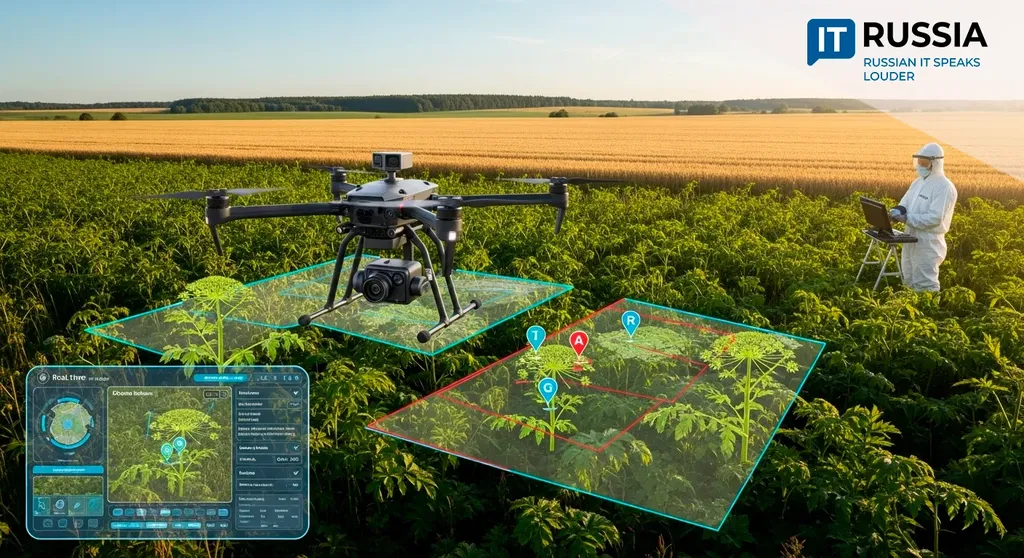In the heart of Russia’s agricultural landscape, a groundbreaking study is set to revolutionize weed detection, offering a glimpse into the future of precision agriculture. Led by D. Shadrin from the Skolkovo Institute of Science and Technology and Irkutsk National Research Technical University, this research is not just about identifying weeds; it’s about doing so with unprecedented speed and efficiency, right on the edge of the field.
Imagine unmanned aerial vehicles (UAVs) soaring over vast fields, equipped with computer vision systems that can detect and identify weeds in real-time. This is the promise of Shadrin’s work, which combines state-of-the-art deep learning architectures with optimization techniques for faster inference. The study, published in the journal ‘Компьютерная оптика’ (translated to English as ‘Computer Optics’), is a significant step towards automating and enhancing agricultural practices.
The research team collected and labeled two unique datasets in the Volgograd Region, focusing on carrot and onion crops. They tested various architectures, including YOLO, SSD, and Faster R-CNN, on an NVIDIA Jetson Nano. The results were impressive. The YOLOv5 architecture achieved a mean average precision (mAP) of 0.668 for the Carrot Dataset, which included two weed classes, and 0.882 for the Onion Dataset, with one weed class. The inference prediction time was equally remarkable, with 29 FPS and 31 FPS respectively.
“This study is a game-changer for precision agriculture,” says Shadrin. “It demonstrates that real-time weed detection is not only possible but also highly accurate, even on portable devices with low memory availability.”
The implications for the agricultural sector are profound. By automating weed detection, farmers can take timely control measures, significantly improving crop yields and quality. This technology can also reduce the need for herbicides, promoting more sustainable farming practices.
But the impact doesn’t stop at the farm gate. The energy sector stands to benefit as well. Precision agriculture reduces the environmental footprint of farming, contributing to a more sustainable energy future. As Shadrin notes, “This technology is not just about improving yields; it’s about creating a more sustainable and efficient agricultural system.”
Looking ahead, this research could pave the way for even more advanced applications. As computer vision and deep learning technologies continue to evolve, we can expect to see even greater accuracy and speed in weed detection. This could lead to fully autonomous farming systems, where UAVs not only detect weeds but also take action to eliminate them.
In the meantime, Shadrin’s work serves as a powerful reminder of the potential of technology to transform traditional industries. By harnessing the power of computer vision and deep learning, we can create a more efficient, sustainable, and productive agricultural sector. And in doing so, we take another step towards a more sustainable energy future.

